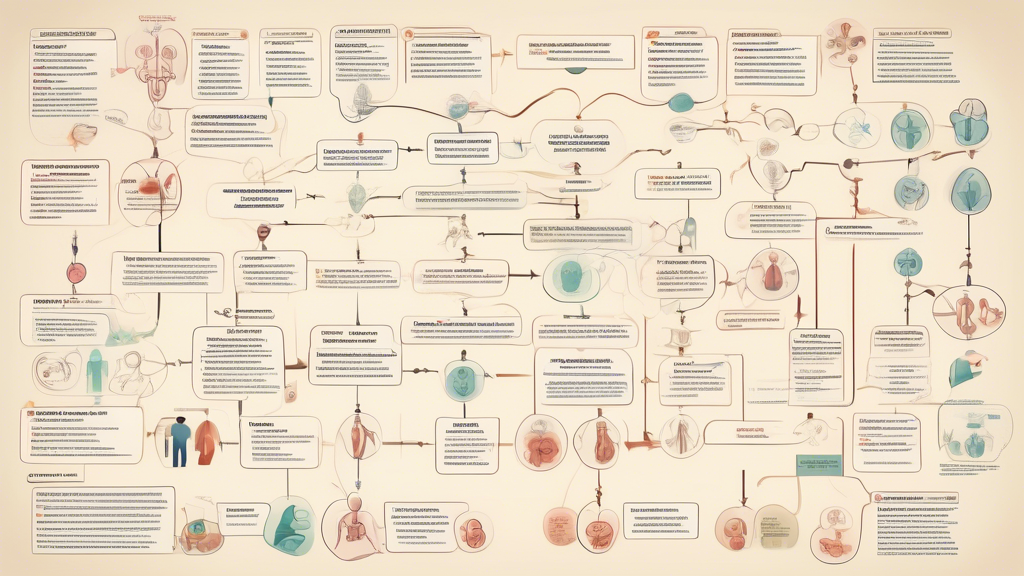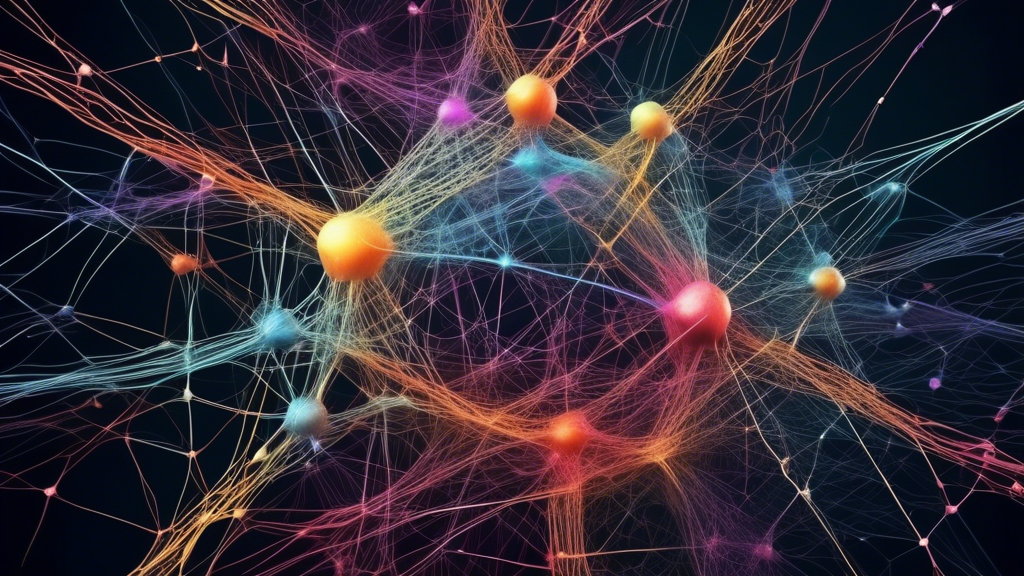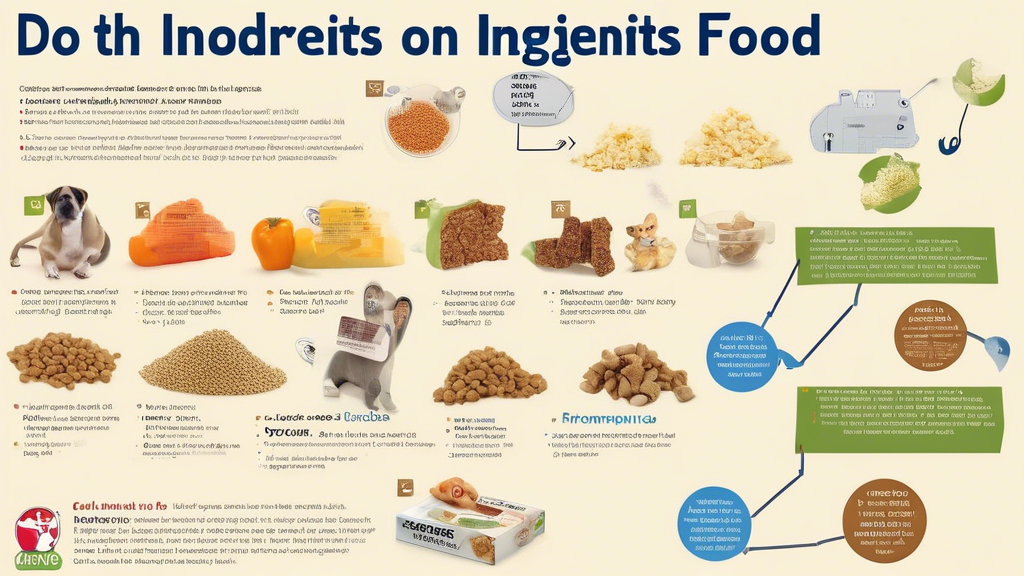**SEO-Optimized Introduction for Causes Article**
**Dive into the Etiology of Phenomena**
In the tapestry of life, every event, condition, or phenomenon has its genesis in a complex interplay of causes. This article embarks on an in-depth exploration of the factors that contribute to the occurrence of a specific subject matter.
From unraveling the intricate web of medical conditions to understanding the genesis of accidents or unraveling the mysteries of natural phenomena, this article provides a comprehensive examination of the underlying causes.
Our scientific approach relies on credible evidence and authoritative sources to illuminate the relationship between these causes and their impact on the subject under scrutiny. By shedding light on the variables that shape our world, we empower individuals with the knowledge and tools to mitigate risks, promote well-being, and make informed decisions.
Join us on this journey of discovery as we unravel the causes that shape our lives and empower our understanding of the world around us.
1. Causes of What?
This article explores the underlying causes of various phenomena, ranging from diseases and accidents to complex societal issues. By defining the subject matter clearly, we establish a solid foundation for delving into the factors that contribute to their manifestation.
1.1 Causes of Diseases
Various factors can contribute to the onset of diseases:
- Infectious Agents: Bacteria, viruses, parasites, and fungi can cause infections leading to diseases.
- Non-Infectious Agents: Environmental factors like pollution, hazardous chemicals, and radiation can trigger diseases.
- Genetic Predisposition: Certain genetic mutations and inherited disorders increase the risk of developing specific diseases.
- Lifestyle Factors: Smoking, excessive alcohol consumption, unhealthy diet, and lack of physical activity can contribute to diseases like heart disease, diabetes, and cancer.
- Immune System Dysfunction: Conditions like autoimmune diseases and immunodeficiency disorders weaken the body’s defense against pathogens and lead to disease.
1.2 Causes of Accidents
Accidents are often the result of a combination of factors:
- Human Error: Distracted driving, impaired judgment, and lack of safety precautions are common causes of accidents.
- Environmental Factors: Poor road conditions, inclement weather, and inadequate lighting can increase accident risk.
- Product Defects: Mechanical failures, design flaws, or manufacturing errors can lead to accidents involving vehicles, machinery, and other products.
- Structural Failures: Buildings, bridges, and other structures can collapse due to faulty design, inadequate maintenance, or natural disasters.
1.3 Causes of Societal Issues
Complex social problems often have multiple underlying causes:
- Economic Inequalities: Income disparities, lack of opportunity, and poverty can contribute to social unrest, crime, and poor health.
- Social Injustice: Discrimination, racism, and unequal access to resources can create divisions and social tensions.
- Political Instability: Corruption, authoritarianism, and ineffective governance can undermine society and lead to conflict.
- Environmental Degradation: Climate change, pollution, and unsustainable natural resource use can have severe social and economic consequences.
The #1 Free Source for Pitbull & Bully Pedigrees!

Individual Causes and Contributing Factors
Specific Causes
-
Cause 1:
- Evidence:
- Source:
-
Cause 2:
- Evidence:
- Source:
-
Cause 3:
- Evidence:
- Source:
Contributing Factors
-
Factor 1:
- Influence on cause 1:
- Influence on cause 2:
- Evidence:
- Source:
-
Factor 2:
- Influence on cause 2:
- Influence on cause 3:
- Evidence:
- Source:
-
Factor 3:
- Influence on cause 1:
- Influence on cause 3:
- Evidence:
- Source:
Interactions and Relationships
The individual causes and contributing factors may interact and influence each other in various ways:
- Chain Reaction: Cause A may trigger Cause B, which in turn leads to Cause C.
- Feedback Loop: Cause A may exacerbate or suppress the impact of Factor B, creating a cyclical effect.
- Additive Effect: Multiple causes or factors can accumulate, amplifying the overall impact.
- Diminishing Returns: The impact of an additional cause or factor may become less significant as more factors are present.
It is important to consider the complex interplay between these factors to gain a comprehensive understanding of the causes of the subject matter.
**Conclusion**
In conclusion, the causes of any phenomenon are multifaceted and can range from individual factors to broader societal and environmental influences. By understanding these causes, we can develop targeted interventions and policies to mitigate their impact and improve outcomes. It is important to note that the causes of any issue may vary depending on the context and the specific phenomenon being examined. Further research and ongoing monitoring are essential to refine our understanding of causes and their interrelationships, ultimately leading to more effective prevention strategies and sustainable solutions.














Leave A Comment